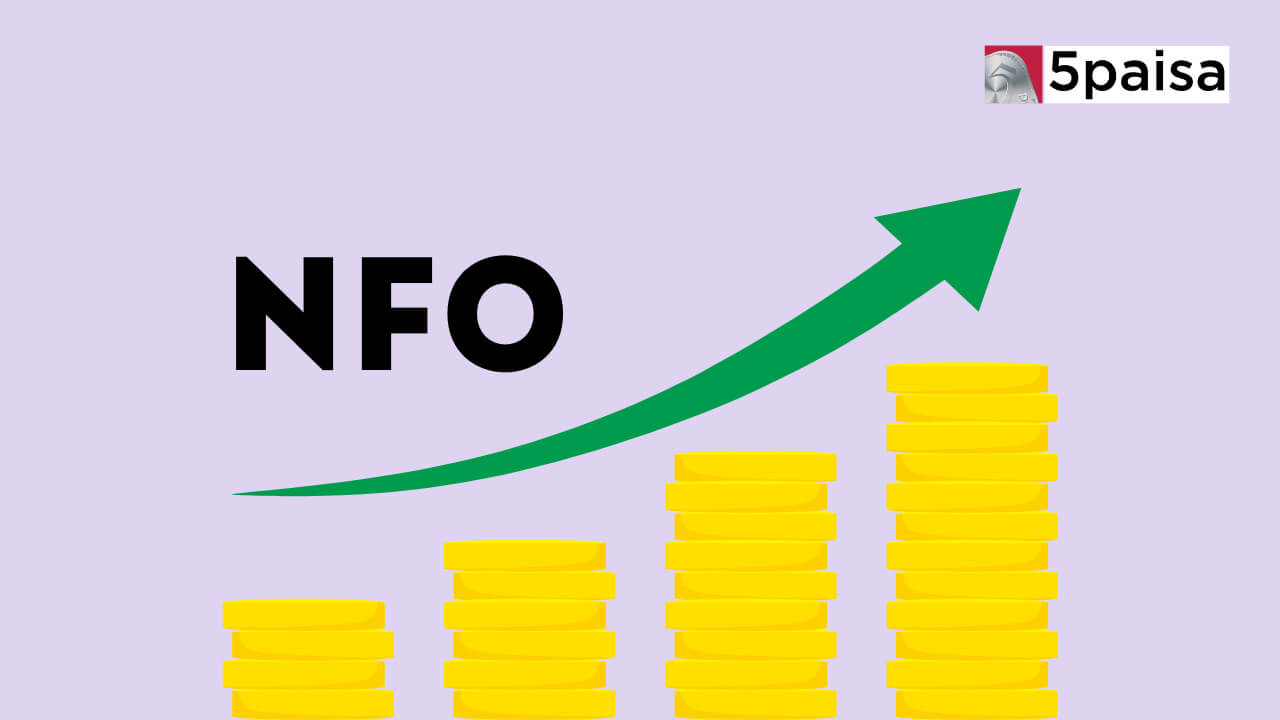SIP Calculation: How to Make Rs. 1 Crore for Retirement

Last Updated: 21st February 2023 - 03:36 pm
A systematic investment plan or SIP is a regular investment in a mutual fund (typically monthly). By investing regularly, there is discipline, there is forced savings and the benefit of rupee cost averaging works in your favour. Above all, these SIPs will help you achieve long term financial goals like retirement, children’s education etc with ease and confidence.
How to Become Crorepati with SIP Investment?
Today it is very simple to work out how much you need to save each month to reach your target corpus. Talk about a popular target of Rs.1 crore corpus on retirement. You will be surprised at how little you need to save if you start early enough. Check this table.
SIP Calculation Table:
|
Target |
CAGR Yield |
Period |
Instrument |
SIP - Nominal |
SIP - Real |
|
Rs.1 crore |
14% |
10 Years |
Equity Fund |
Rs.38,160 |
Rs.54,500 |
|
Rs.1 crore |
14% |
15 Years |
Equity Fund |
Rs.16,320 |
Rs.28,800 |
|
Rs.1 crore |
14% |
20 Years |
Equity Fund |
Rs.7,600 |
Rs.16,900 |
|
Rs.1 crore |
14% |
25 Years |
Equity Fund |
Rs.3,675 |
Rs.10,500 |
This is very simple if you use a SIP calculator or a systematic investment plan calculator. Most mutual funds offer this mutual fund calculator to help you evaluate how much SIPs can earn.
SIP Calculation:
Focus on the second last column, which shows you how much you need to save each month to reach a target corpus of Rs.1 crore on retirement. Just look at the contrast! If you have just 10 years to retirement, you must save Rs.38,160 per month in an equity fund SIP to reach Rs.1 crore on retirement. However, if you start planning 25 years before retirement, you just have to save Rs.3,675 per month to reach the same target.
That is how much difference an early start makes. The last column shows how much you must save in inflation-adjusted terms, but that is only an added information.
Key takeaways for SIP Investment & Calculation:
There are some important rules for your SIP to be effective so that you reach your target corpus of Rs.1 crore by retirement.
• Start as early as possible. The earlier you start, the more your corpus earns returns and these returns also generate returns. That is called the magic of compounding and can work wonders to your money in the long term.
• Over the long term, you can afford to take higher risk. Sensex has given 16.5% CAGR returns over last 40 years. So, 14% CAGR on equity funds is not only possible but also absolutely realistic. For long term investing, equity funds offer the best option.
• SIP is not just a random investment, but it is a discipline. Hence, it must be ensured that once you start the SIP, you don’t stop the SIP mid-way. That way, all the benefits of compounding are lost.
• Lastly, opt for the growth plans rather than the dividend plans as the growth plans have an automatic compounding facility built into them. Also, capital gains are more tax efficient compared to dividends on mutual funds.
The moral of the story is that no financial goal is too steep if you start early enough and invest regularly in the right asset class. That is what equity fund SIPs are all about!
- 0% Commission*
- Upcoming NFOs
- 4000+ Schemes
- Start SIP with Ease
Trending on 5paisa
Mutual Funds and ETFs Related Articles
Disclaimer: Investment in securities market are subject to market risks, read all the related documents carefully before investing. For detailed disclaimer please Click here.
 5paisa Research Team
5paisa Research Team
 Sachin Gupta
Sachin Gupta




